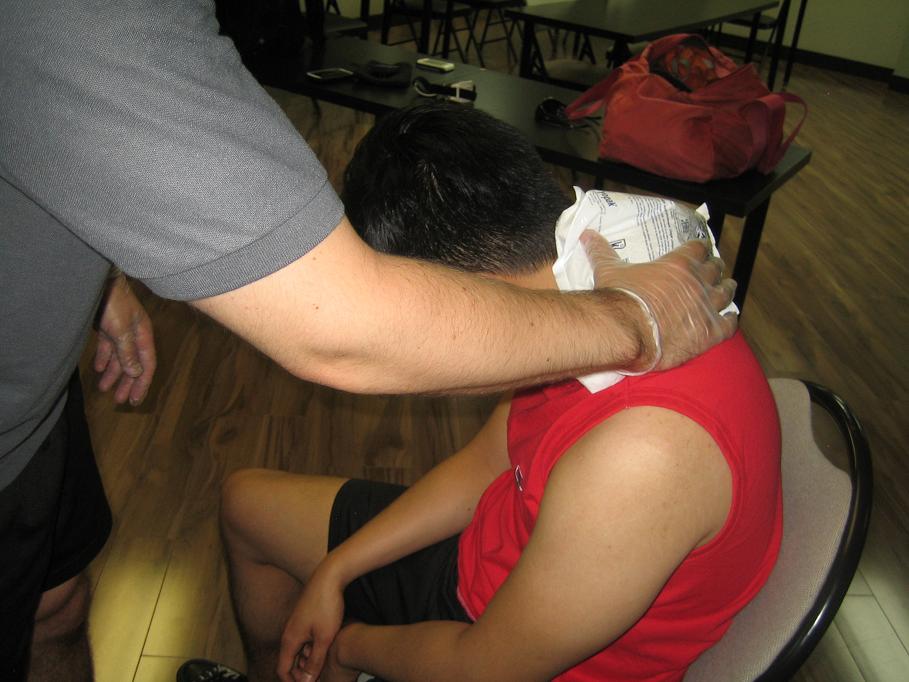Whiplash is an injury to the neck caused by forceful, fast back-and-forth movement of the neck similar to the cracking of a whip. Whiplash happens during rear-end vehicular accidents but it can also due to sports accidents, physical abuse or trauma.
Symptoms of whiplash
- Pain in the neck
- Stiffness of the area
- Limited range of motion of the neck
- Pain becomes severe when moving the neck
- Tingling and numbness in the arms
- Fatigue and dizziness
- Headaches that starts from the base of the skull
- Tenderness or pain can be felt in the shoulder and upper back or arms
- Ringing in the ears or tinnitus
- Blurred vision
Headaches that starts from the base of the skull - Sleep disturbances
- Depression and irritability
Causes
- Whiplash can be caused by vehicular accidents such as rear-end collisions
- Physical abuse or assault such as being punched or shaken.
- Playing contact sports can also cause whiplash injuries.
Treatment
- Take the prescribed over-the-counter pain medication to lessen the pain and inflammation. Medications such as ibuprofen and aspirin can be given to reduce the swelling and pain.
- Use a cervical collar during the initial days. The prescribed number of days to use the collar must be followed.
- Apply a cold compress on the affected neck to lessen pain and swelling. Apply the ice pack on the affected neck for at least 15-20 minutes. Repeat this procedure every hour for the initial 48-72 hours after the injury. Avoid applying the pack directly on the skin to prevent frostbite that can worse the condition. Wrap the ice pack in a towel before applying on the affected area.
- On the 4th day, apply heat on the affected neck to restore the flexibility of the muscles. Apply heat on the neck for at least 10-30 minutes at a time every 2-3 hours. Fill a cloth sock with 4 cups of uncooked rice and tie the end of the sock. Microwave the rice for at least 1-3 minutes.
- Minimize the movement of the head and neck until the muscle tightness and pain have vanished.
- Minimize performing strenuous activities such as sports and heavy lifting.
- Seek the help of a physical therapist for some exercises such as range of motion and strengthening of the muscle.
Tips
- When riding in a car, always wear seatbelts and proper adjustment of the car seat headrest can prevent the neck from snapping in backward direction.
- Follow the proper use of equipment when participating in sports.
- Report a person suspected of abusing a child to the authorities.
- Monitor the activities of children to prevent falls and other serious injuries
- Follow amusement park and carnival safety measurements when riding on high-velocity rides such as a roller coaster.
FACT CHECK
https://www.webmd.com/back-pain/neck-strain-whiplash#1
https://www.mayoclinic.org/diseases-conditions/whiplash/diagnosis-treatment/drc-20378926

